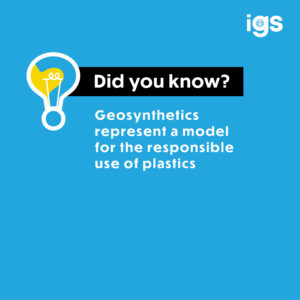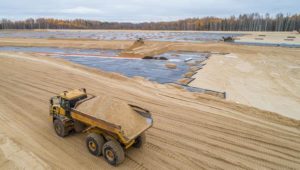
One of the most important issues surrounding plastics is their destiny once their functional application and use comes to an end. Many products have short service lives and a physical and chemical persistence in the environment once they are not considered useful anymore. This is the case for packaging, sanitary products, plastic bottles and similar commodities.
Unfortunately, a significant fraction of plastic waste is released into the environment thanks to poor human behavior. Even when plastic waste is collected, treated and recycled, these activities need energy, and have an impact on the environment. So, the number one priority with waste is its reduction.
The circular economy provides the guidelines to mitigate this problem, from eco-design to end-of-life. One of the pillars involves the length of the functional life of a product: the longer the utilization, the lower the impact.
Although the long-lasting persistency of plastics is a problem when we have to manage waste, it represents a great opportunity when involving long term applications. It is up to us to maximize the durability of plastics and put it to the service of our sustainable development goals.
In the construction industry most of the works are intended to last as long as possible, and mankind has traditionally used very durable materials such as concrete, stones, gravel and sand to build roads, railways, dykes, and other infrastructures and buildings.

The use of geosynthetics enables the substitution or dramatic reduction of the need for aggregates, making it possible at the same time to offer increased longevity to the related construction works.
This in turn allows a reduction in greenhouse gas emissions during the construction process, better wear and seismic resilience and landscape preservation because of a reduced need for excavations, and many other reduced environmental impacts due to the significant reduction of construction traffic.
On top of all these environmental benefits, geosynthetics offer durability of our geotechnical works with a service life which is virtually as long as the physical life of the materials.
**
Geosynthetic solutions should be fully investigated on every infrastructure project to ensure they meet the needs of the present without compromising the ability of future generations to meet their own needs.
Find out more about how geosynthetics are making a difference by downloading the IGS Sustainability eBook here or visiting our Sustainability page.






















